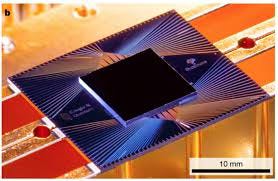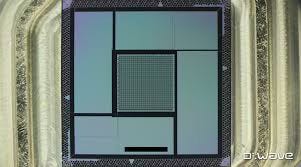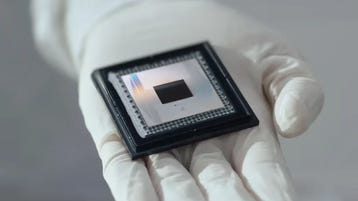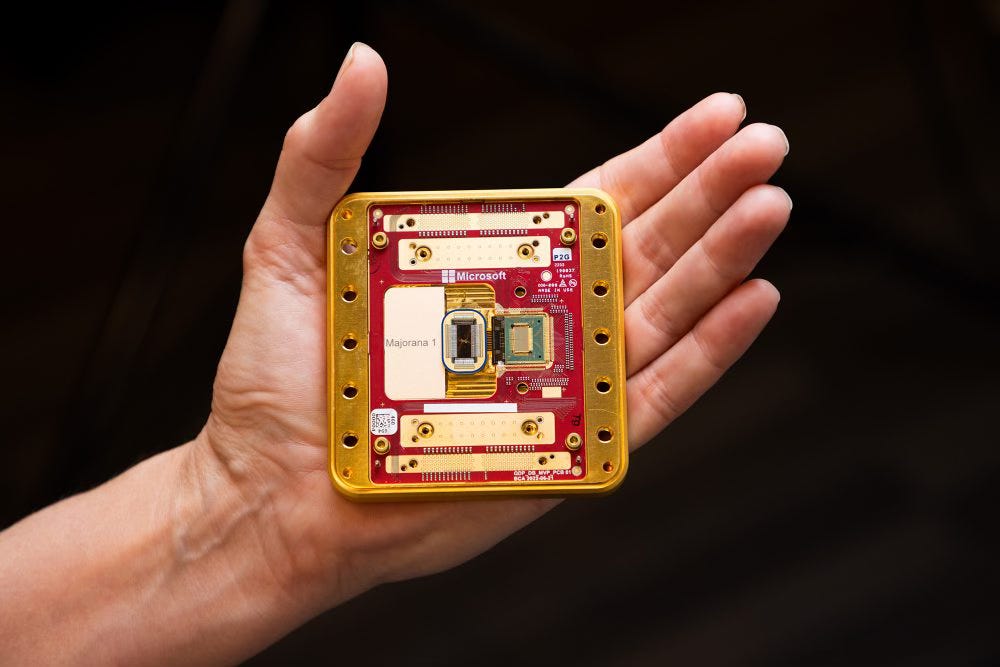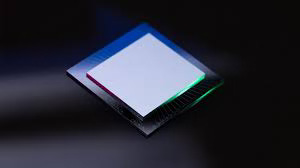The Race for Quantum Supremacy
A Look at the Latest Qubit Innovations
The race to build the most powerful quantum computers is accelerating. Over the years, major tech companies and quantum computing firms have been pushing the boundaries, developing new qubit architectures with increasing stability and computational potential. Here’s a quick rundown of some of the biggest milestones in quantum computing, from past breakthroughs to the latest advancements.
Google’s Early Quantum Leap
Back in October 2019, Google made headlines with its Sycamore quantum processor, featuring 54 qubits. This system achieved “quantum supremacy” by solving a complex problem in seconds that would take classical computers thousands of years. It was a major proof of concept, showing that quantum computers could outperform traditional machines in specific tasks.
D-Wave’s Advantage 2 Prototype
Fast forward to June 2022, and D-Wave Systems Inc. introduced the Advantage 2 Prototype with 500+ qubits. Unlike gate-based quantum processors, D-Wave’s system focuses on quantum annealing, a specialized approach for solving optimization problems. In January 2024, they announced an upgrade to 1200+ qubits, with plans to scale up to 4400+ qubits in the future.
IBM’s Heron Processor
In December 2023, IBM introduced the Heron Quantum Processor with 156 qubits. IBM’s approach focuses on error mitigation and modular designs, aiming for fault-tolerant quantum computing in the coming years.
Google’s Willow
Google didn’t stop with Sycamore. In December 2024, they unveiled Willow, a 105-qubit processor designed to advance quantum error correction and computation at scale.
PsiQuantum’s Omega Chip
PsiQuantum has taken a unique approach by leveraging photonic qubits. In February 2025, they introduced the Omegachipset, designed for large-scale, fault-tolerant quantum computing, positioning themselves as a major player in the industry.
Microsoft’s Majorana 1
Also in February 2025, Microsoft announced the Majorana 1 chip, based on topological qubits. With 8 qubits, it aims to prove the stability and scalability of Microsoft’s topological qubit approach, potentially leading to a future with 1 million qubits.
Amazon’s Ocelot
Amazon joined the race with the Ocelot chip, also released in February 2025. It introduces an innovative architecture with 14 core components, including 5 data qubits, 5 buffer circuits, and 4 additional qubits dedicated to error detection. AWS claims this design can drastically reduce the overhead required for quantum error correction.
Where Are We Headed?
Quantum computing is no longer a futuristic dream—it’s happening now. With different companies experimenting with gate-based, photonic, topological, and annealing qubits, the next few years will determine which approach scales best. The ultimate goal? Fault-tolerant, large-scale quantum computers capable of solving real-world problems beyond classical computing’s reach.
Stay tuned as we witness history unfold in the quantum revolution!



